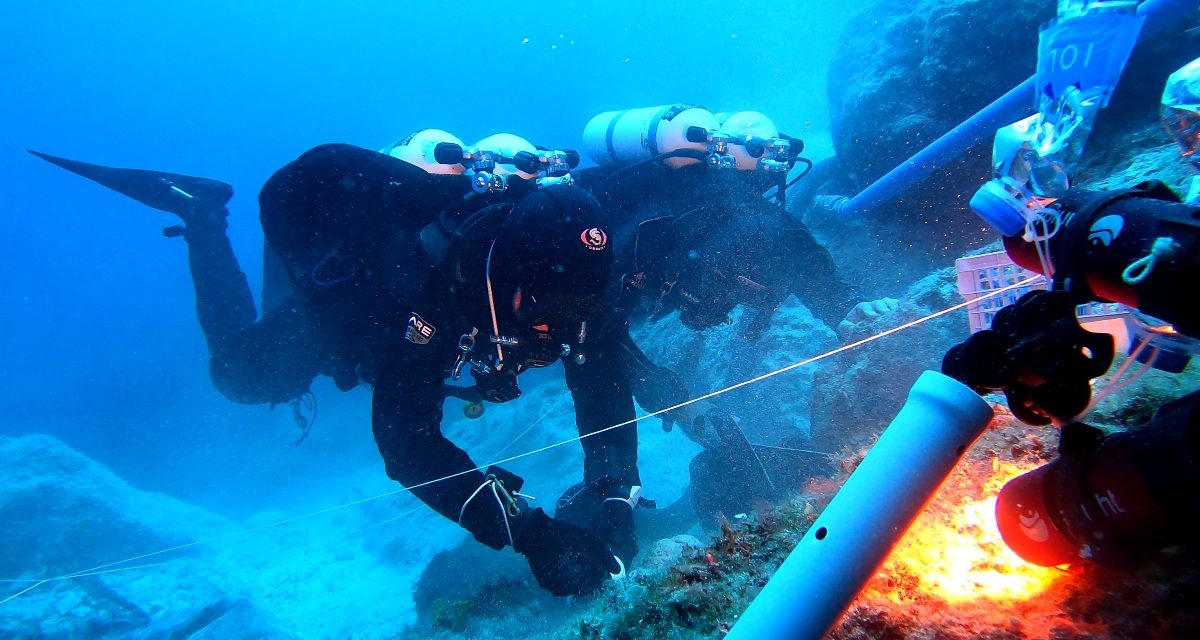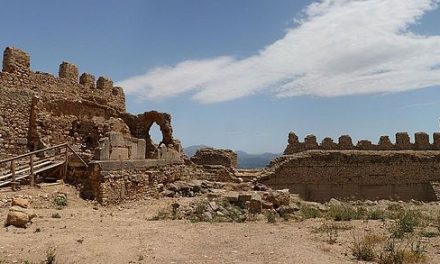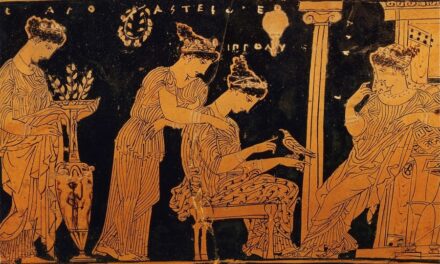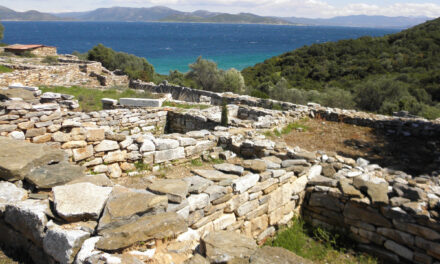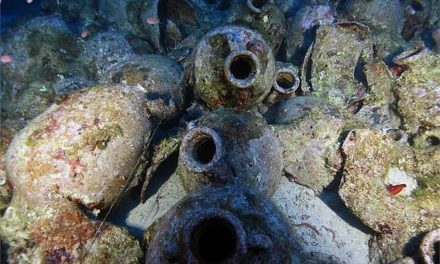A team of Swiss and Greek archaeologists recently successfully completed the third season of a research program (2021-2025) on the famous wreck of Antikythera, which dates back to the first half of the 1st century BC.
The Antikythera wreck
The Antikythera wreck, discovered by chance by sponge divers in 1900 off the coast of the island of Antikythera, is the most important ancient wreck found in Greece, having yielded many ancient works of art. Some of the most prominent finds, retrieved by the sponge divers, in collaboration with the Hellenic Navy and the Ministry of Education, include the statues of the Antikythera Ephebe and the “Philosopher”, as well as the famous Antikythera mechanism, considered to be the oldest analog computer in human history.
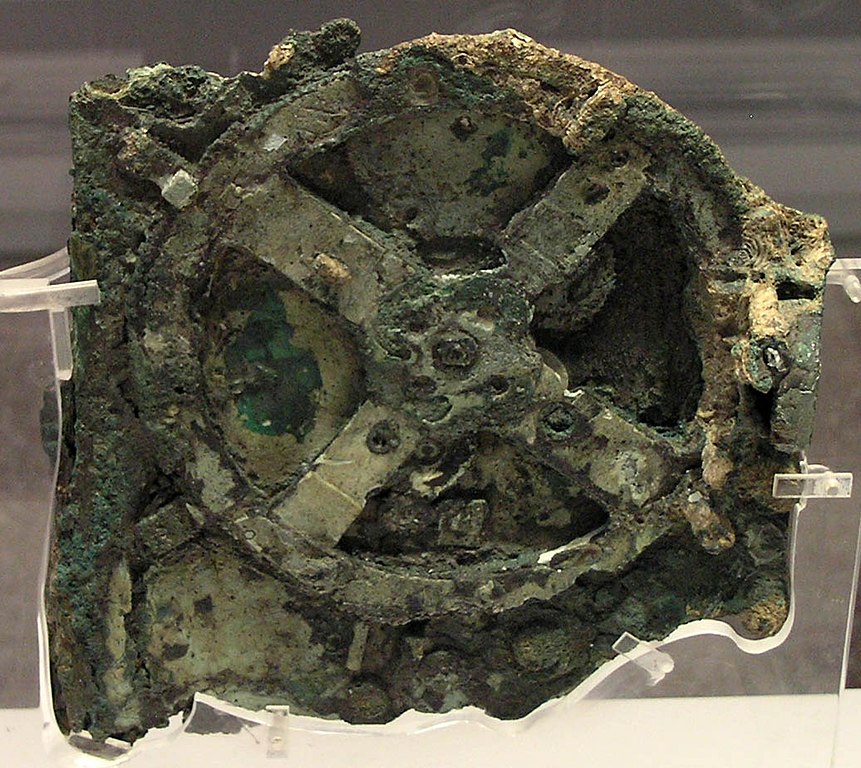
Excavations at the site didn’t resume until the mid-70s, under the renowned naval officer and explorer Jacques-Yves Cousteau, at the invitation of the Greek government. A first scientific study with an archaeological approach was carried out between 2012 and 2019 by an international team under the direction of Angeliki Simosi, at the time director of the Ephorate of Underwater Antiquities.
Greek-Swiss collaboration
Since 2021, at the invitation of the Greek Ministry of Culture and Sports, the Department of Classical Archaeology of the University of Geneva (UNIGE) has assumed co-direction of the underwater research project, along with the Ephorate of Antiquities of Evia, under the auspices of the Swiss School of Archaeology in Greece (ESAG).
The project’s main objective is to gain a clearer understanding of the ship, its itinerary and the current state of the wreck, with the help of state-of-the-art techniques. The ESAG is the only permanent Swiss archaeological mission outside Switzerland. As an inter-university training and research center, ESAG encourages the next generation of academics, offering students from Swiss universities the opportunity to take part in field and museum activities every year.
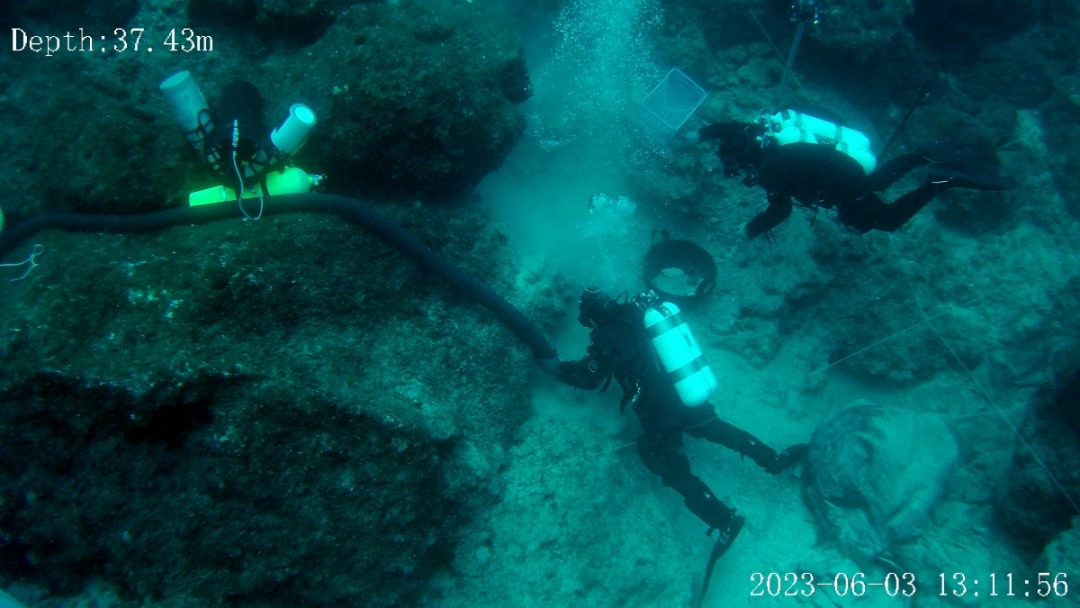
A second wreck revealed
In 2023, researchers have made significant progress in acquiring detailed knowledge of the site’s structure, geology, the wreck itself and its precious cargo. Excavations focused on the area at the eastern edge of the wreck site, where last year parts of monumental marble statues were found after the removal of a group of large boulders. This time, the team discovered the bone remains of at least one individual, a victim of the shipwreck.
Artefacts characteristic of the Antikythera wreck, such as lead and wood from the ship’s structure, fragments of marble statues, pottery, glassware and items made of copper alloy, were also unearthed. Among the marble fragments discovered, one most likely belongs to the beard of the head of Heracles, previously discovered during the 2022 expedition. These finds confirm the cultural and artistic importance of the Antikythera wreck.
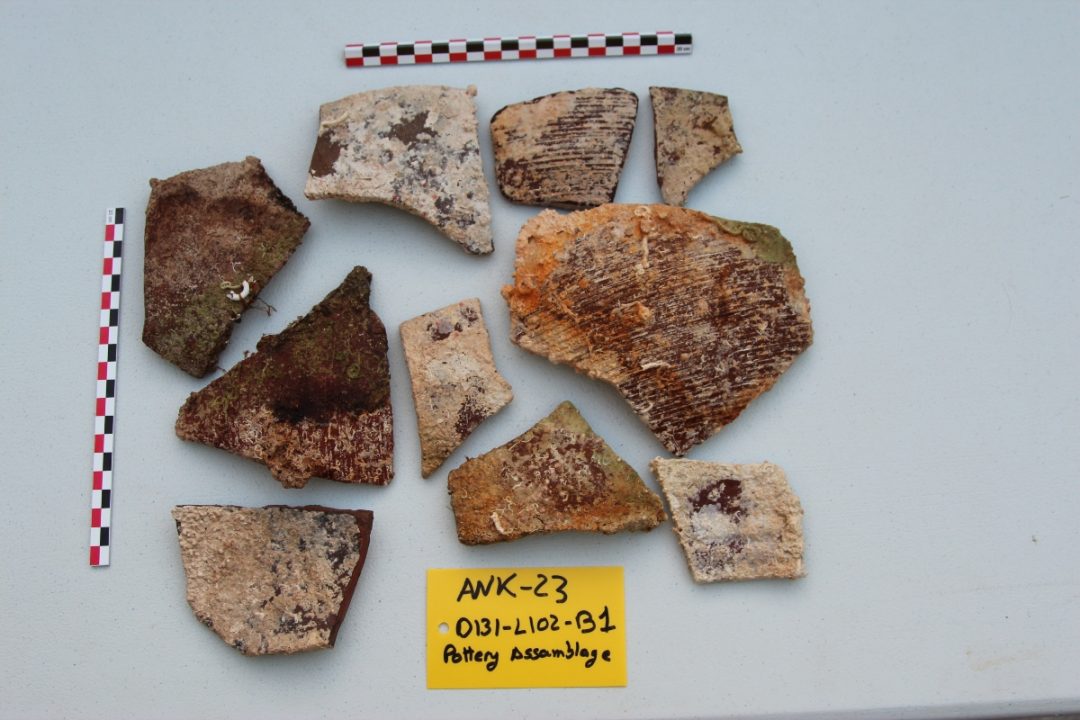
Another exciting discovery, made at a higher stratigraphic level, was that of several fragments of ceramics, indicating that another vessel, probably much smaller, suffered the same ill fate in early Byzantine times.
A five-year research program (2021-2025)
This year’s expedition, which took place from May 19 to June 18, 2023, is part of a five-year research program (2021-2025) coordinated by the University of Geneva under the auspices of the Swiss Archaeological School in Greece. Using cutting-edge techniques, this research has provided precious information on the history of this legendary wreck.
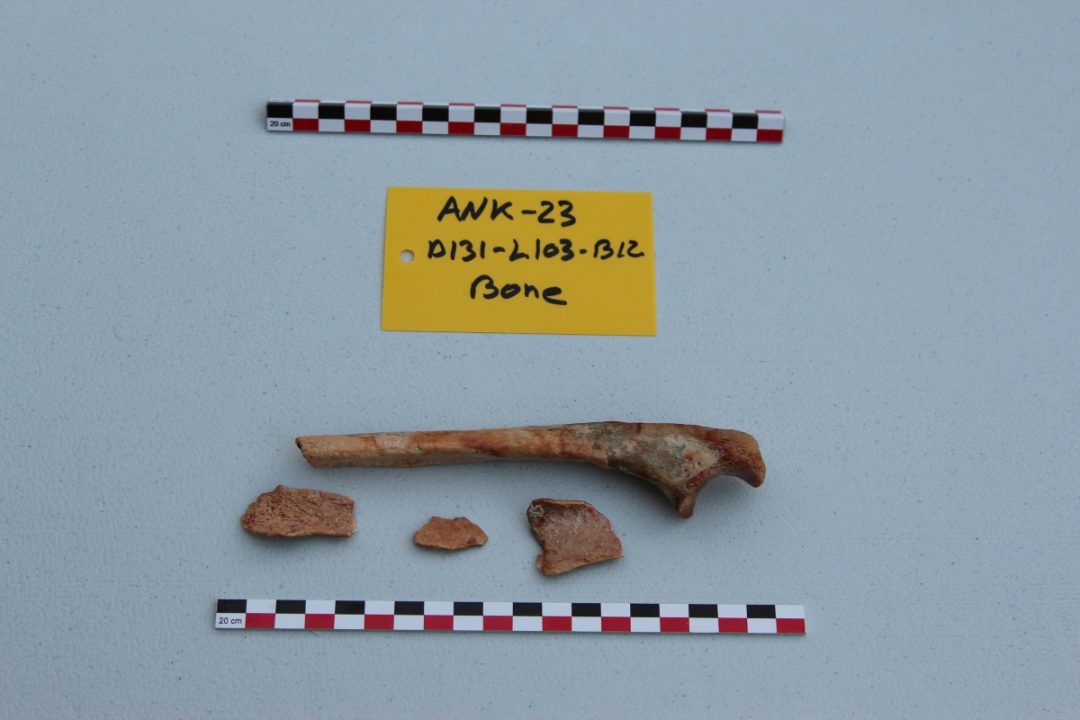
An international team of archaeologists, divers, engineers and physical and natural scientists, led by Dr. Angeliki G. Simosi, Head of the Ephorate of Antiquities of Piraeus and the Islands, and Professor of Archaeology Lorenz Baumer (UNIGE), is currently excavating the famous wreck. Underwater operations are supervised by the Ephorate of Underwater Antiquities, while the project is under the official patronage of H.E. the President of the Hellenic Republic, Mrs. Katerina Sakellaropoulou.
This year, previously unexplored areas were meticulously documented, enabling a more transparent and accurate understanding of this legendary vessel. This season’s discoveries are essential to formulating a comprehensive vision of this historical event.
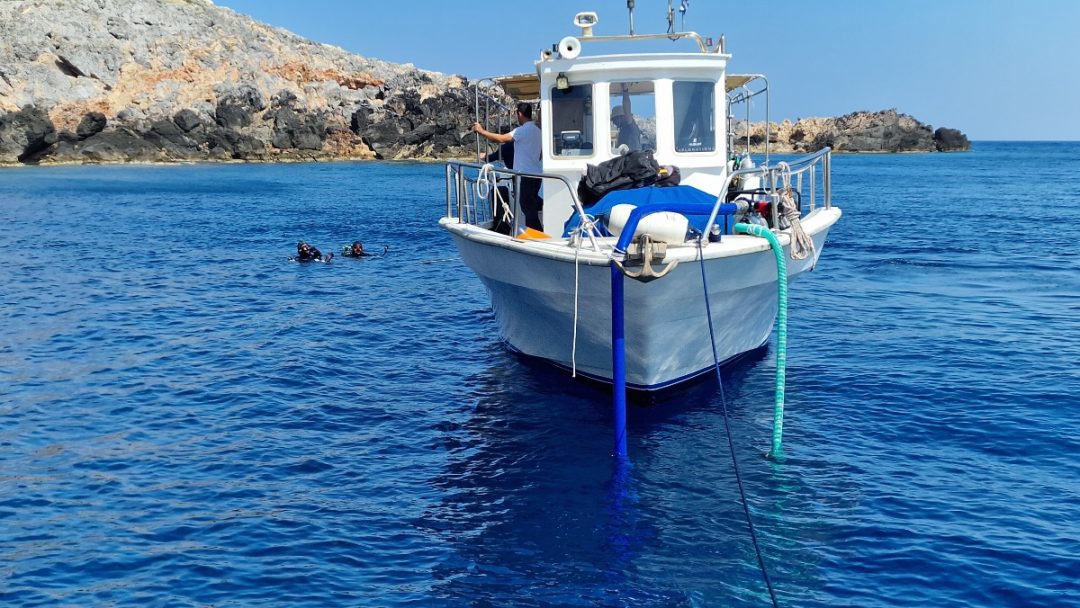
Cutting-edge technologies
The progress of the excavations was meticulously documented using remote-controlled drones and digital recording by the divers. This data was processed daily using 3D modeling software, enabling the site to be visualized and analyzed with remarkable precision. In addition, all archaeological discoveries were rigorously documented and continuously integrated into a Geographic Information System (GIS), enabling analysis of the spatial and temporal distribution of finds.
The database for this ambitious project includes all known data on the wreck of Antikythera, dating back to the first excavations carried out in 1900-1901. This holistic approach enables an in-depth and comprehensive analysis of the site, taking into account all previously collected information.
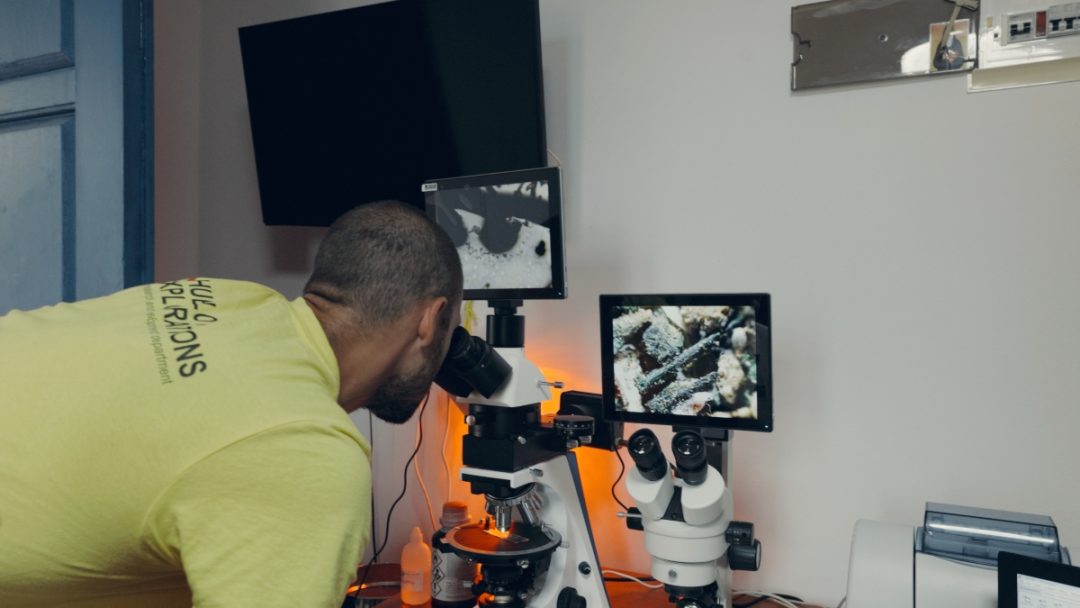
This year’s new discoveries open up exciting perspectives on the maritime history of the region, and underline the importance of continuing archaeological research in this area.
The research team
The operation was coordinated by vice admiral (ret.) Alexandros Palatianos. Field research was led by Alexandros Sotiriou, research associate at the University of Geneva, with a team comprising Orestes Manousos, Isaac Ogloblin (University of Haifa) and specialized divers. The team was completed with the participation of eight members of the underwater missions unit (specialized diving team) of the Hellenic Coast Guard.
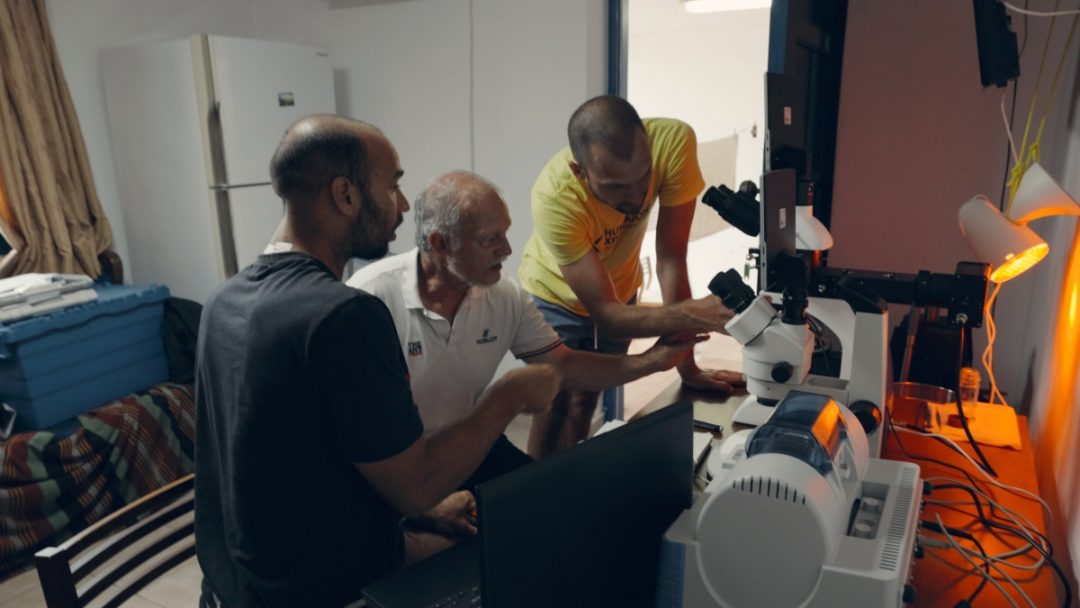
Documentation of the archaeological finds, creation of the 3D models and updating of the GIS were entrusted to Patrizia Birchler Emery and Timothy Pönitz (UNIGE), while the field laboratory was organized by Isaac Ogloblin (University of Haifa), with the participation of Professors Maria Louloudi and Yiannis Deligiannakis (University of Ioannina) and the support of Yanis Bitsakis (UNIGE and Nereus Research Foundation). Geologist Charalampos Fassoulas (Natural History Museum of Crete) joined the team in Antikythera to discuss geological topics related to the shipwreck site. Technical support (audiovisual documentation and underwater drones) was provided by Hublot Xplorations team members Mathias Buttet, Michel Blumenthal, Aloïs Aebischer, Guillaume Champain and Diego Carven. Architect-diver Aikaterini Tagonidou and Athena Patsourou supervised all field activities on behalf of the Hellenic Ministry of Culture and Sport’s Ephorate of Underwater Antiquities.
Read also via Greek News Agenda: Unraveling the Mysteries of the “Oldest Computer” of Mankind; Underwater excavation at the historic Mentor wreck site (Kythera, 1802); Byzantine shipwreck in Fournoi archipelago reveals its secrets; Peristera: Greece’s first underwater museum
Translated from the original article which appeared on GrèceHebdo (intro image: Underwater excavation work at the site, by GoPro Cam ©ESAG-UNIGE)
TAGS: ARCHEOLOGY | MARITIME ARCHAEOLOGY

